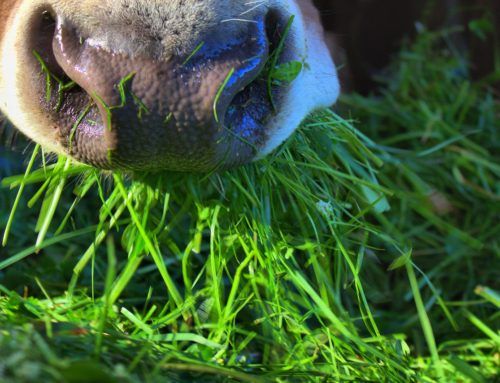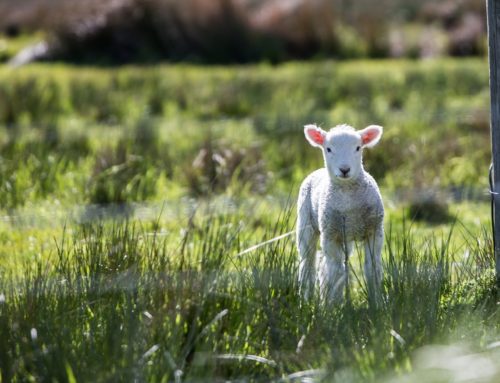We think it is far more important to stop making hay on your land than it is to stop feeding hay on your land. Here are some things to think about.
What Made Sense in 1973 Doesn’t Make Sense Today
Making hay is a whole lot more expensive than it used to be. This table compares input costs for making hay in 1973 in contrast to 2013.

All of the input costs have increased at a much faster rate than the value of beef cattle, lamb, or milk. To be on par with costs experienced in 1973, fed cattle should have been $284/cwt, not the $148 they were.
Hay = Inexpensive Fertility
While making hay is expensive, in much of the US, hay can be bought for less than the cost of production. When you buy someone else’s hay and feed it on your property, you are buying their fertility at a highly discounted rate. In some years in some locations, you can buy beef cattle hay for less than the fertilizer value it contains.
This is a great opportunity for improving your land in a way that also benefits soil health.
Feeding Uniformly is the Key
The key to soil improvement is to get the hay fed uniformly over your pastures. This is how you can realize the greatest benefit from purchased hay as a planned fertility input.
Large round bales are still the norm in much of US cow country. Round bales can be unrolled with relatively low-cost equipment. Bales don’t unroll uniformly all the time, but the subsequent manure distribution is way better than feeding bales in ring feeders.




